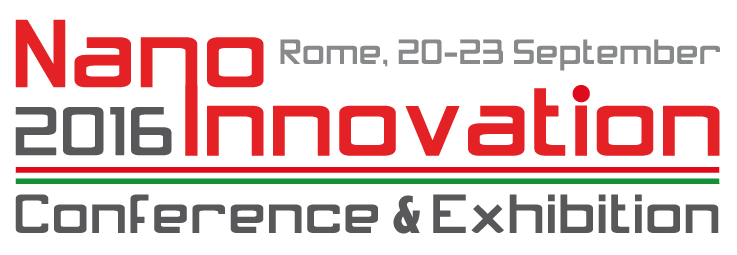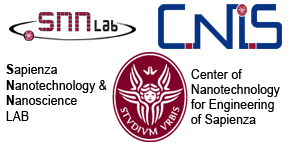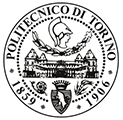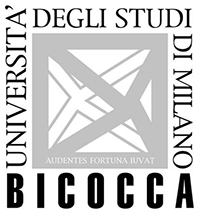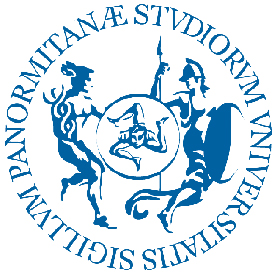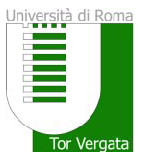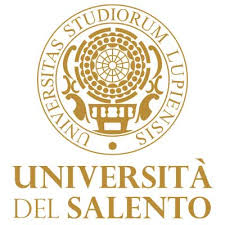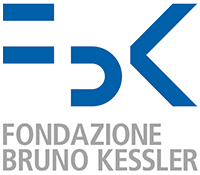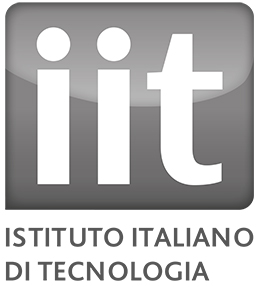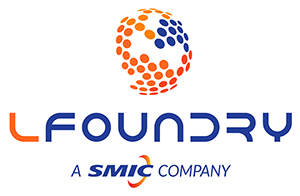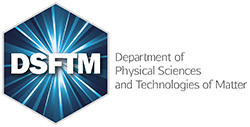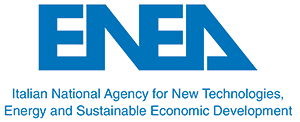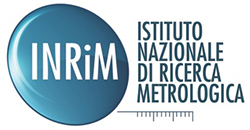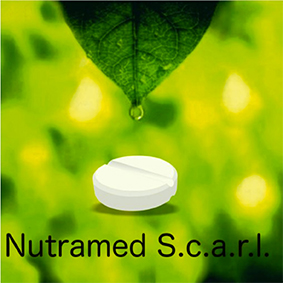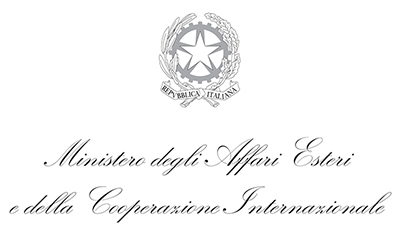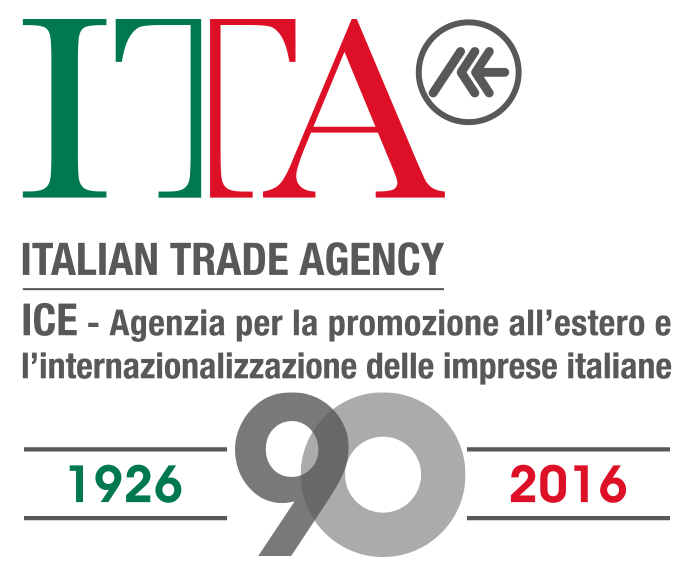TS.V.E.2
Photocrosslinkable hyaluronan hydrogel for skeletal muscle repair: In vitro and in vivo characterization
Cristian GUARISE, Fidia Farmaceutici
Introduction: Hydrogels are becoming an increasingly attractive choice in the field of regenerative medicine, wound care and tissue engineering as an important form of scaffold due to their high water content, good biocompatibility and for their ability to mimic the environment of the extracellular matrix (ECM). Skeletal muscle can self-repair through the activation of resident muscle satellite cells as a consequence of injury. However, when volumetric muscle losses (VMLs) occur due to trauma or surgical resection, lesions are so extensive that the regenerative potential of the muscle is overwhelmed. Current approaches to treat VMLs include autologous tissue transfer and skeletal muscle tissue engineering, but both approaches have been hampered by several drawbacks. In this work, Hyaluronic Acid (HA) was chemically modified with coumarin moieties and photopolymerized into networks using a near-UV irradiation. The resulting hydrogels have been tested in vitro for biocompatibility and in vivo in a mouse model of muscle loss.
Methods & results: Two hydrogel prototypes with different percentage (p) of derivatization (p30 and p40) and concentration (30 and 20 mg/mL) were selected for this study. To determine their mechanical properties, the hydrogels have been tested by means of mechanical compression and Atomic Force Microscopy (AFM); furthermore, the FRAP assay has been used to evaluate the hydrogels permeability. Data obtained from FRAP assay exhibited a diffusion cut–off for molecules with MW higher than 250 kDa. Primary murine myogenic precursors (MPC) have been used for biocompatibility assays. Cells were encapsulated within the hydrogels and tested for their metabolic activity (Alamar Blue®). Biocompatibility tests revealed that MPC cells encapsulated within the hydrogels showed lower metabolic activity values and a lower percentage of proliferating cells compared to standard culture conditions. Cellular proliferation (EdU) and immunofluorescence were carried out to determine the ability of encapsulated cells to maintain the expression of two muscle markers: MyoD and desmin. Interestingly, MPC cells retained the expression of key myogenic markers %) compared to the controls. In vivo tests have been performed through the partial ablation of tibialis anterior (TA) and the hydrogels have been photopolymerized within the created pocket. Mice were sacrificed after 2 and 6 weeks, and histology (Hematoxilin & Eosin and Sirius red) has been performed to assess hydrogels degradation and muscle regeneration. Once the hydrogels were injected and photopolymerized within the muscle pocket, they showed good repair after 6 weeks.
Conclusions: Hydrogels for skeletal muscle repair have been developed and characterized. They showed good mechanical properties and permeation to nutrients and small soluble factors. Biocompatibility tests showed that hydrogels were able to sustain cellular proliferation and maintain myogenicity of MPC cells after 48 hours in culture. In vivo experiments highlighted the high biocompatibility and excellent efficacy of the hydrogels in muscle repair, with good degradation profile (residence time: 2 weeks).
Back to TS.V.E
